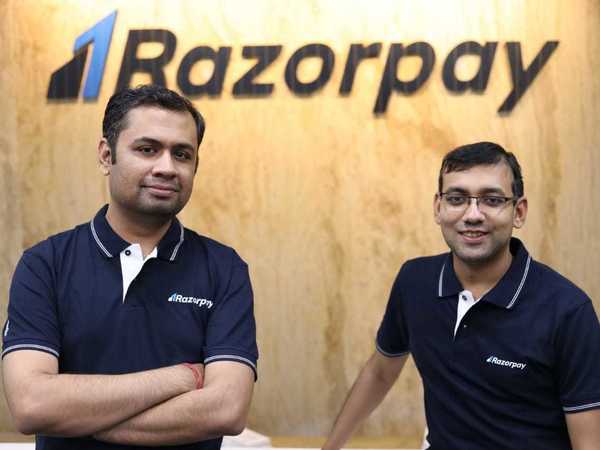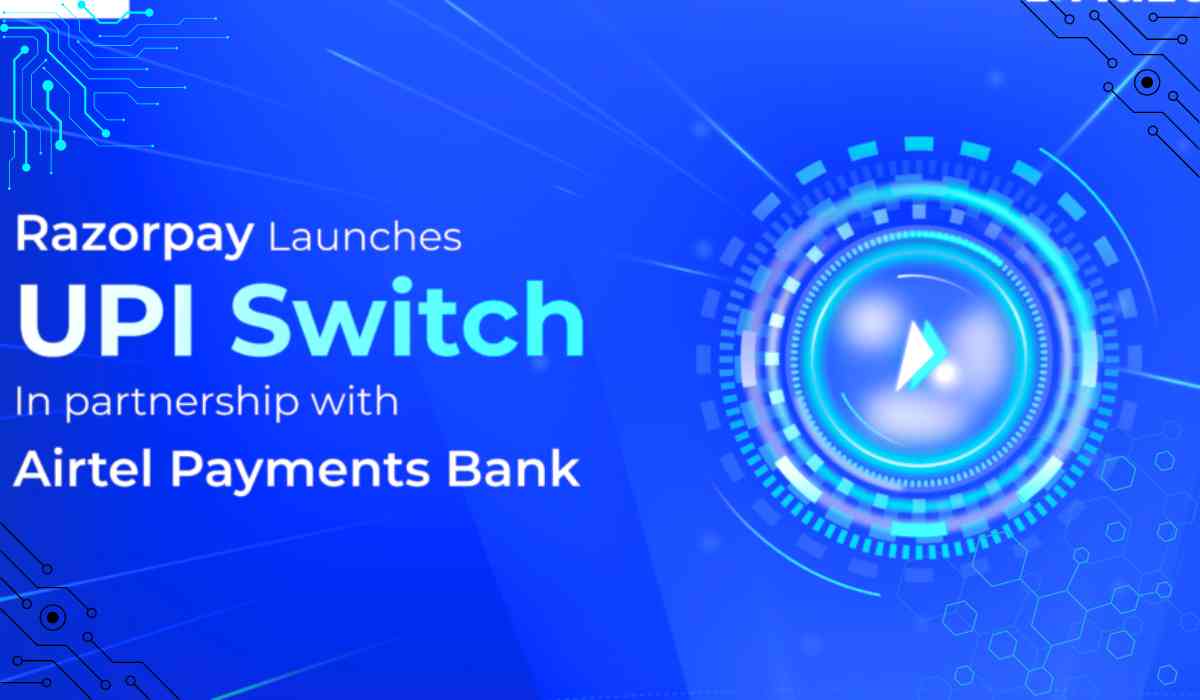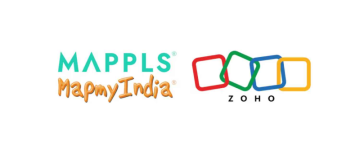In the dynamic world of fintech, the collaboration between RazorPay and Airtel Bank to bring the UPI switch is a tipping point. Capable of handling a staggering 10,000 UPI transactions per second, the innovation is not only a technological breakthrough but also a testament to India’s growing proficiency in digital payment solutions.
The Fintech Landscape: A Symphony of Growth
As RazorPay rose to new heights, the fintech industry grew along with it. With the rise of digital payments, the growth of fintech startups and a sharp rise in the value of working capital at Service prices increased, reflecting investor confidence and the project’s high profit potential. India’s fintech market size is $31 billion by 2021, and is expected to grow at a compound annual rate of 22%, currently standing as the third largest fintech ecosystem in the world.

Highlights of the RazorPay journey
- 2013: Founded RazorPay, focused on facilitating online payments for SMEs.
- 2018: The company’s Series C financing round kicks off investments that have fueled its growth.
- 2021: RazorPay introduces new features, expanding its services beyond payment processing.
- February 2024: RazorPay crosses $150 billion annual POS, becoming the market leader in India’s digital payment processing category.
- February 2024: At FTX'24, Razorpay unveiled Payment Gateway 3.0 and introduces its AI assistant 'R.A.Y', setting a new standard in fintech innovation.
Fintech growth: A journey of disruption and innovation
The financial technology (fintech) industry has emerged as a powerful force, fundamentally reshaping how we manage our money. Digital payments have become the new standard, driven by factors that go beyond one company’s success story. Here’s a deeper dive into fintech developments:
Early seeds: Building materials (pre-1990s)
While the term "fintech" is relatively recent, its roots go much deeper. The end of the 19th century saw the beginning of star-like developments in financial transactions, which enabled the first forms of financial exchange. Credit cards in the 1950s also paved the way for a shift away from cash transactions.
Increased Digitization (1990–2008)
The 1990s saw the real flowering of fintech. In 1967, the digital revolution in banking began with the development of the ATM (automated teller machine). Online banking followed, enabling remote access to basic accounts and transactions. The establishment of NASDAQ (National Association of Securities Dealers Automated Quotations) in 1971 further simplified electronic stock market trading.
The Turbulent Years: A Call for Change (2008–Present)
The financial crisis of 2008 eroded confidence in traditional financial institutions. This, along with the widespread use of smartphones and the internet, provided fertile ground for innovation. This era has given rise to new fintech companies: nimble, tech-savvy, and focused on providing an accessible, user-friendly financial experience.

Key drivers of fintech growth
- Technological advances: Cloud computing, big data analytics and artificial intelligence (AI) have enabled fintech companies to deliver sophisticated financial services at scale
- Changing consumer preferences: Consumers today demand convenience, transparency and a seamless digital experience. FinTech solutions meet these aspirations with user-friendly interfaces and a mobile-first approach.
- Supportive Regulatory Framework: Governments around the world are increasingly recognising the potential of fintech and implementing regulations that foster innovation to mitigate risks.
Fintech landscape
The fintech industry has many different players:
- Mobile wallets: These provide a convenient way to store a smartphone and make payments. Examples include Apple Pay, Google Pay, Samsung Pay, Paytm (India), Alipay (China) and other popular regional services.
- Peer-to-peer (P2P) lending platforms: These bypass traditional financial institutions and connect borrowers and lenders directly. Examples include local players such as LendingClub, Prosper, Zopa, Lufax (China) and BharatPe (India).
- InsurTech companies (continued): PolicyBazaar is a prime Indian example, making insurance more accessible and accessible to the masses.
- RegTech Solutions: These companies help companies navigate compliance challenges. Jumio offers KYC (Know Your Customer) automation platforms, while Acuity Shades offers AML (Anti-Money Laundering) compliance solutions.

RazorPay success strategy
Beyond payments RazorPay’s success can be attributed to its well-defined business model. Their core offering – a simple payment gateway service with a transparent payment process – has been a key driver of their growth. But RazorPay isn’t afraid to move on. Their expansion into additional banking and lending services under RazorPay Capital reflects a broader industry trend to offer comprehensive financial solutions under one roof.
The future of fintech
The future of fintech is full of exciting possibilities. Emerging technologies like blockchain and open banking promise to change the economic landscape even more. RazorPay’s UPI switch and new partnership with Airtel Payments Bank is a testament to the power of collaboration to drive innovation. Looking ahead, we can expect even more collaboration between established companies like RazorPay and Airtel, along with a steady stream of new startups. While these developments continue, one thing remains certain: fintech will continue to play an important role in shaping the future of finance. It will provide financial inclusion for all, enabling individuals and businesses to manage their finances with greater ease and confidence.
Photo Credits: X , IStock
ⒸCopyright 2024. All Rights Reserved Powered by Vygr Media.

























